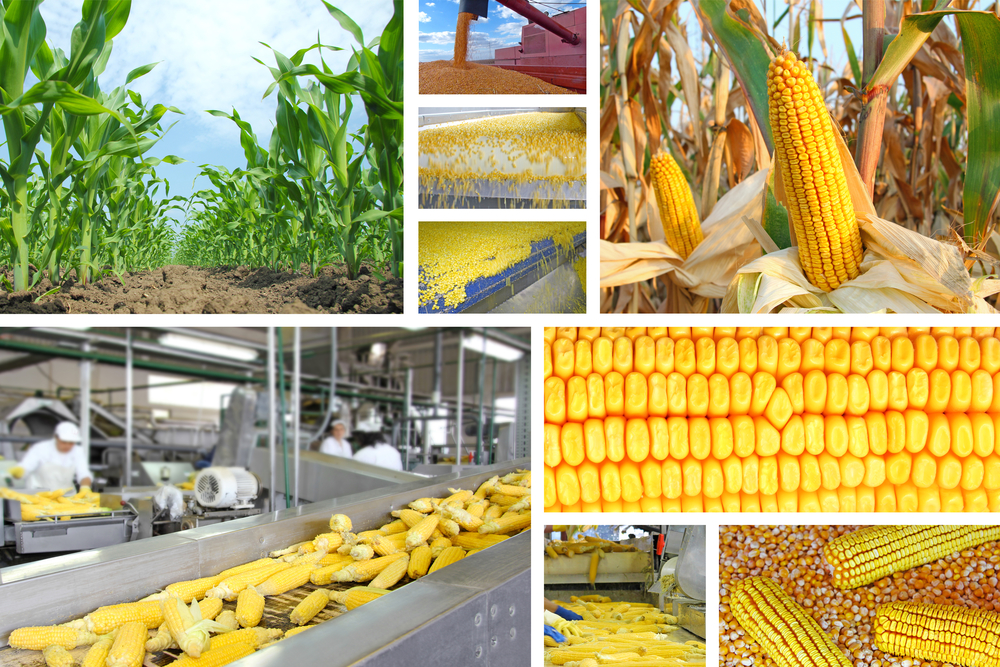 Everett Griner talks about food production needing to double by 2050 in today’s Agri View.
Everett Griner talks about food production needing to double by 2050 in today’s Agri View.
Food Production
From: National Geographic Magazine
Where Will We Find Enough Food to Feed 9 Billion?
Feeding the World
By 2050 we’ll need to feed two billion more people. How can we do that without overwhelming the planet?
 A Five-Step Plan to Feed the World
A Five-Step Plan to Feed the World
When we think about threats to the environment, we tend to picture cars and smokestacks, not dinner. But the truth is, our need for food poses one of the biggest dangers to the planet.
Agriculture is among the greatest contributors to global warming, emitting more greenhouse gases than all our cars, trucks, trains, and airplanes combined—largely from methane released by cattle and rice farms, nitrous oxide from fertilized fields, and carbon dioxide from the cutting of rain forests to grow crops or raise livestock. Farming is the thirstiest user of our precious water supplies and a major polluter, as runoff from fertilizers and manure disrupts fragile lakes, rivers, and coastal ecosystems across the globe. Agriculture also accelerates the loss of biodiversity. As we’ve cleared areas of grassland and forest for farms, we’ve lost crucial habitat, making agriculture a major driver of wildlife extinction.
 The environmental challenges posed by agriculture are huge, and they’ll only become more pressing as we try to meet the growing need for food worldwide. We’ll likely have two billion more mouths to feed by mid-century—more than nine billion people. But sheer population growth isn’t the only reason we’ll need more food. The spread of prosperity across the world, especially in China and India, is driving an increased demand for meat, eggs, and dairy, boosting pressure to grow more corn and soybeans to feed more cattle, pigs, and chickens. If these trends continue, the double whammy of population growth and richer diets will require us to roughly double the amount of crops we grow by 2050.
The environmental challenges posed by agriculture are huge, and they’ll only become more pressing as we try to meet the growing need for food worldwide. We’ll likely have two billion more mouths to feed by mid-century—more than nine billion people. But sheer population growth isn’t the only reason we’ll need more food. The spread of prosperity across the world, especially in China and India, is driving an increased demand for meat, eggs, and dairy, boosting pressure to grow more corn and soybeans to feed more cattle, pigs, and chickens. If these trends continue, the double whammy of population growth and richer diets will require us to roughly double the amount of crops we grow by 2050.











 A Five-Step Plan to Feed the World
A Five-Step Plan to Feed the World